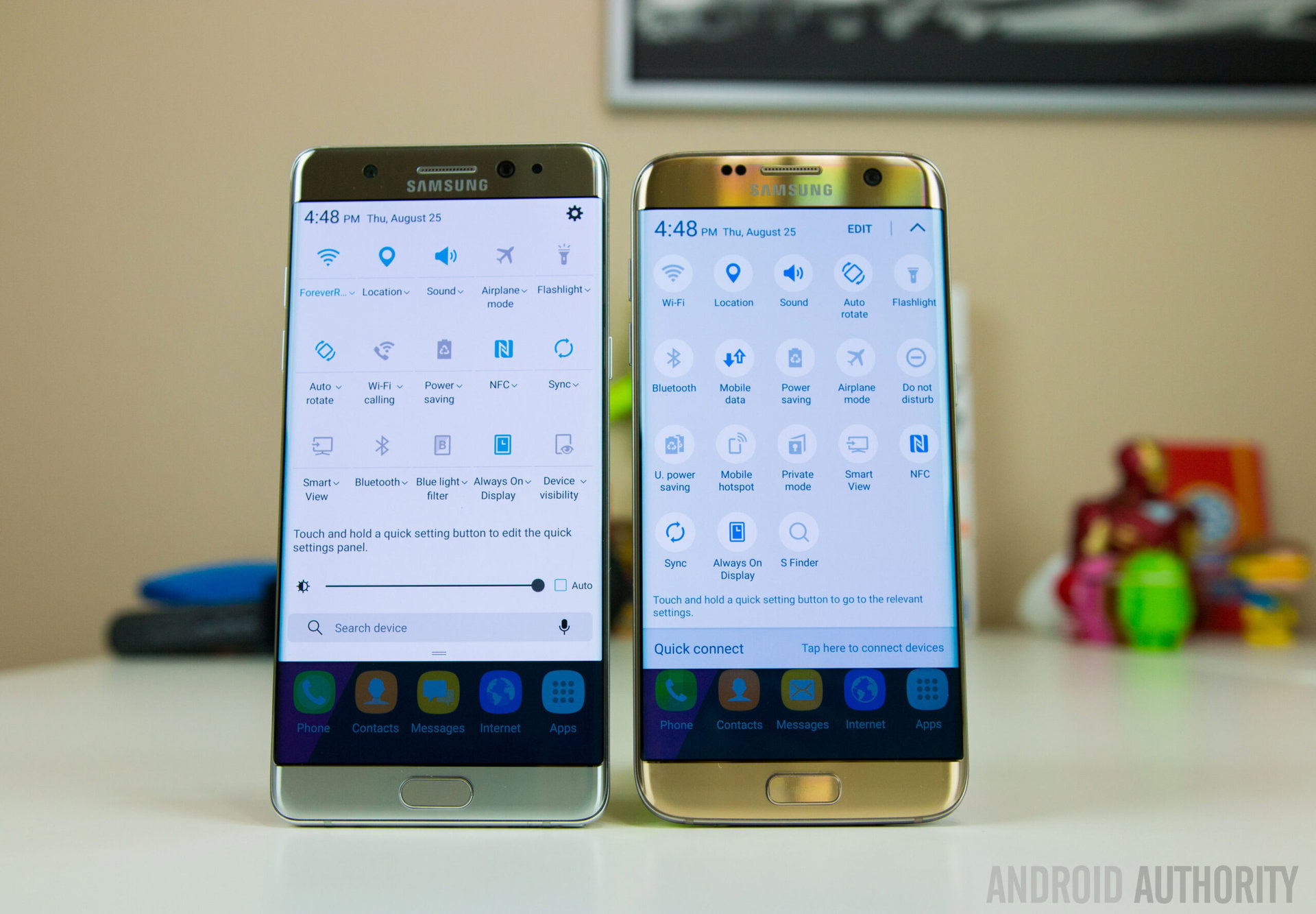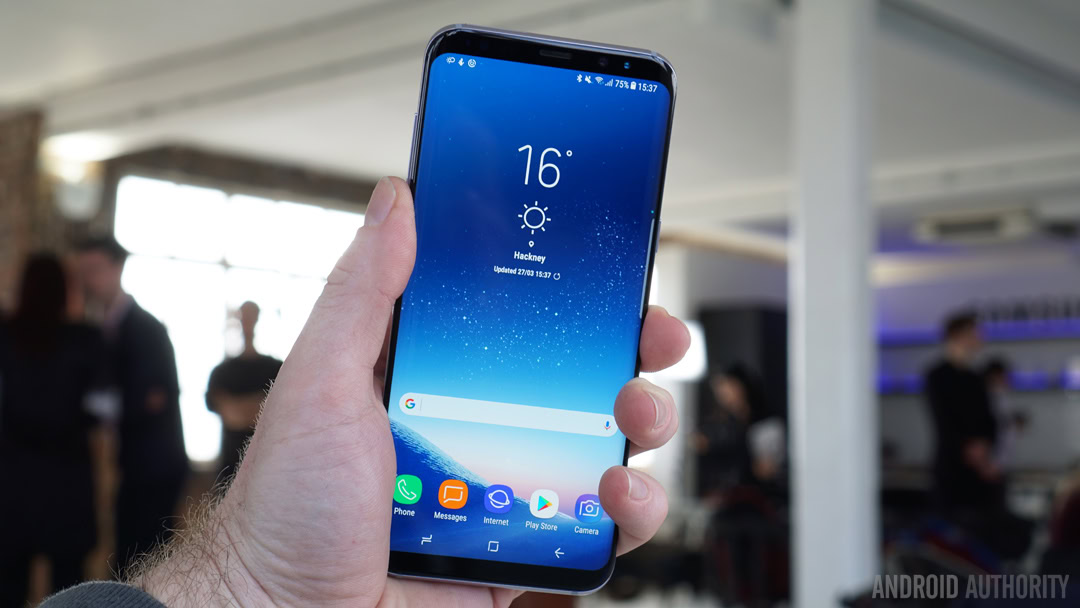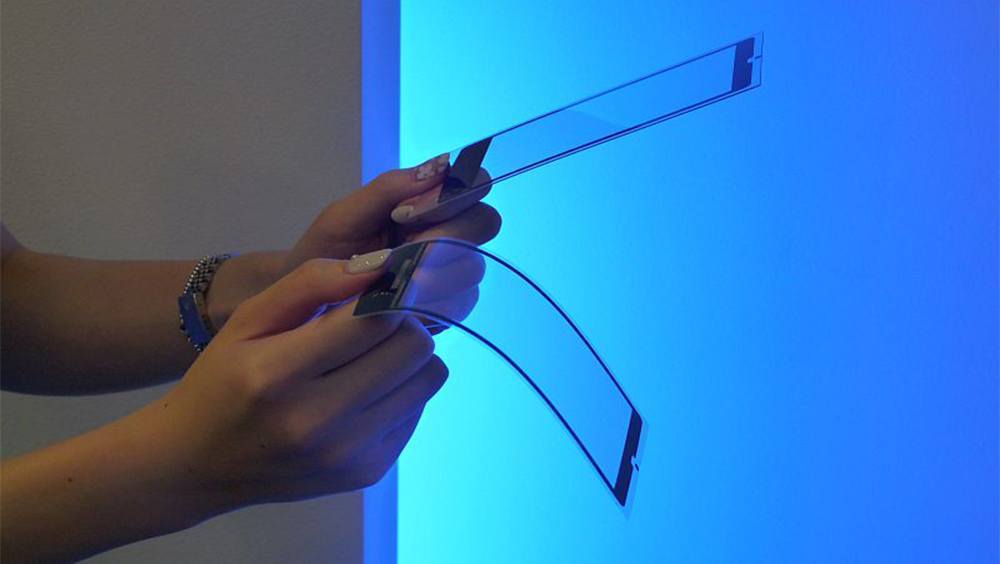Affiliate links on Android Authority may earn us a commission. Learn more.
What's going on all with all these Galaxy S8 size rumors?

First we were told the Galaxy S8 would come in two sizes that match up with the existing Galaxy S7 and S7 Edge: 5.1 inches and 5.5 inches. Then, that number changed to 5.7 inches and 6.2 inches. Now, we’re getting another rumor that puts the Galaxy S8 at 5 inches and 6 inches. So what gives?
There are a couple of possibilities, the first of which is that these are all just made up numbers, educated (or not) guesses or fan site projections based on who knows what. That may be true, and if so, don’t mean much. But the alternative – that they are actually based on some real evidence – is much more interesting.

The first, and most likely possibility, is that they are leaks based on actual device prototypes or display panels that Samsung has made or is currently making. Considering the vacuum left by the 5.7-inch Galaxy Note 7, it makes sense that Samsung might consider a slightly larger display on the Galaxy S8: to attract Note fans. But that logic only flies if the entire Note line is really dead, and so far we’ve seen no convincing proof of that.
Perhaps the Galaxy S7 was less popular than the edge due to its smaller size and not just its lack of curves.
There’s also the apparent absence of a flat-screened version of the S8 to consider. Samsung would have conducted plenty of market research on why the Galaxy S7 wasn’t as popular as the edge variant and some of that (I’m just speculating here) may have come down to its smaller size and not just its lack of curves.
If that’s the case, there’s another possible reason why Samsung might bump the Galaxy S8 size up a notch. We’re being told the new names are Galaxy S8 and Galaxy S8 Plus, after all, but then again, a year ago we were all under the impression there would be a Galaxy S7 Edge Plus too, and a Galaxy S5 Prime a few years before that…
Manufacturers naturally make multiple versions of a device in the R&D stage. Some of these will, of course, feature different display sizes to what eventually gets released, and I’m sure there’s a larger-screened version of the S8 somewhere at Samsung HQ. Most of those prototypes never see the light of day and even fewer are ever actually leaked in any form.
Some companies reportedly go so far as to bolt new phone prototypes to work benches surrounded by dummy cases to prevent leaks or theft (Apple famously tracked all outgoing employee email at one point to see who leaked information on upcoming products).

But depending on who those prototypes are shown to – battery makers, display partners, case manufacturers, engineers, production line workers and so on – it is obviously hard to keep the proverbial cat in the bag forever. Anyone that has seen a pre-release Galaxy device can potentially leak what they have seen.
Then there’s the possibility that the leaks come from hard-nosed journalists digging through publicly-available data for any trail of breadcrumbs that might lead to some juicy scoop. Import listings, component orders, demo units in R&D centers, placeholder webpages, benchmark results, sloppy retail partners: all of these can be responsible for revealing data a company would prefer wasn’t public.
A lot of leaks also come purely from word-of-mouth: not on the leaker’s physical access to a prototype or display panel, not on some actual data uncovered online or elsewhere. You know the deal: we’re always hearing new reports out of South Korea that claim an unnamed source said this or that about some unannounced product with no evidence to back it up. We never even know if the leaker has actually seen the device in question or just heard it from somewhere.
Conflicting information can range from credible leaks based on eyewitness accounts, publicly-available data, word-of-mouth or figments of leakers' imaginations.
With all that said, there are plenty of different plausible ways that credible details might come to light. But without any way to properly verify their veracity, they typically only serve to muddy the waters. This is what we’re facing now (some even claim Samsung is intentionally leaking conflicting information to keep those waters muddy). All of these rumored screen sizes could be based on some kind of empirical evidence, or maybe they’re not.
No matter which of these rumors you put stock in right now, rest assured they’re not likely to stop anytime soon. They could be figments of the author’s imaginations, legitimate facts based on eyewitness accounts or connect-the-dots thinking drawn from cryptic clues that may or may not add up to much in the long run. So, until the Galaxy S8 is finally revealed, just pick the screen size pair you prefer and go with that until something more concrete comes along.
What sizes do you think the S8 will come in? What sizes do you want it to come in?